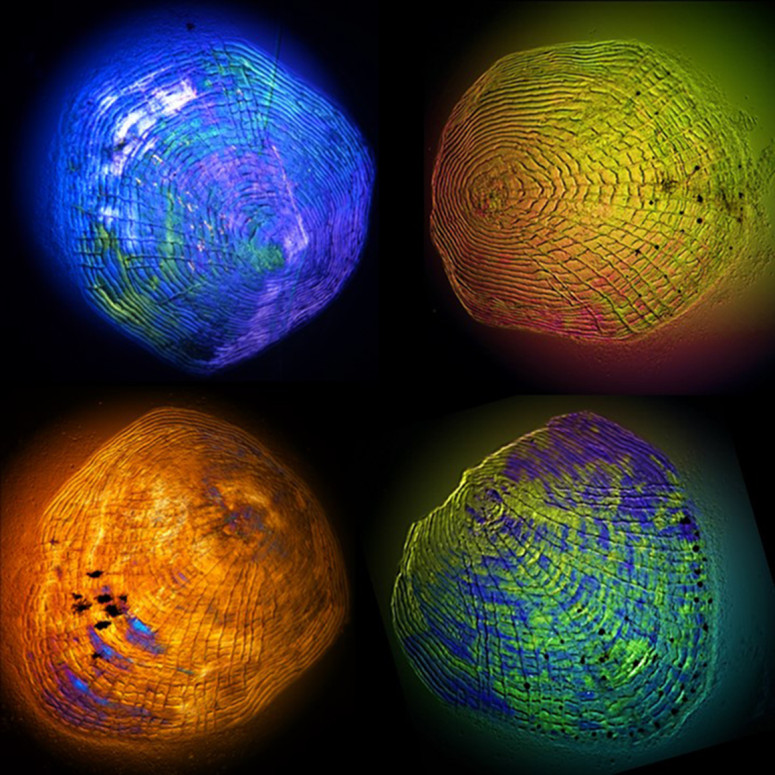How do fish survive in large urban waterways, like the Chicago River?
The Shedd Aquarium, in partnership with Illinois-Indiana Sea Grant and Purdue University, has been tracking fish movements to understand how fish use large urban rivers. Read the full story by Great Lakes Now.
Great Lakes Commission
https://www.glc.org/dailynews/20241002-chicago-river-fish











